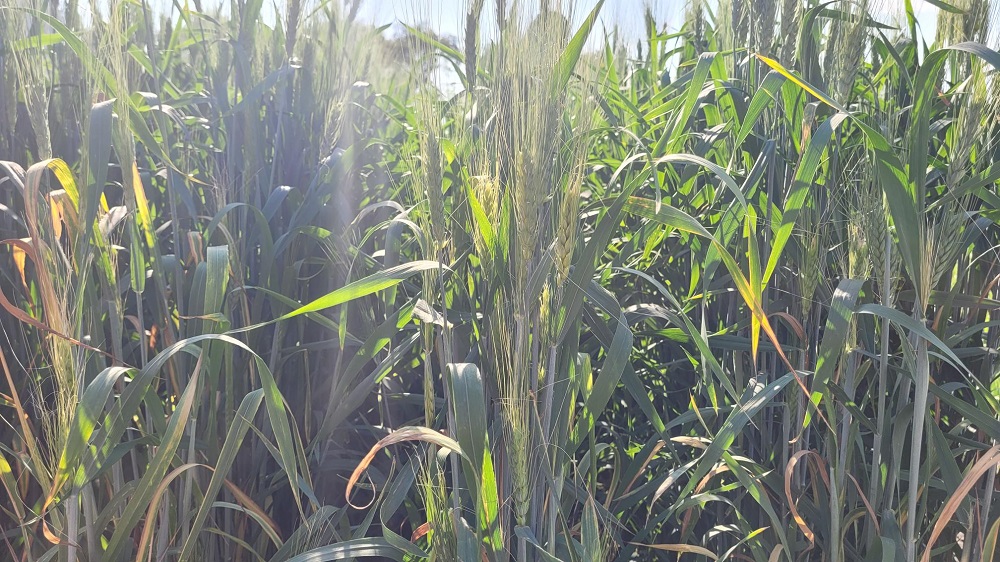The value of farmland has risen, despite availability for it being limited.
That’s according to Farm Credit Canada’s (FCC) mid-year farmland values review, which looked at the average growth for the first 6 months of 2023.
Saskatchewan had the largest increase in value at 11.4 percent, followed by Quebec at 10.6 percent, Ontario 6.9 percent, Mantioba 6.4, and Alberta 3 percent. The price of farmland in B.C. remained unchanged and there wasn’t enough sales in the Maritime provinces to get a full assessment. Overall, the national average increased 7.7 percent.
FCC senior economist Leigh Anderson says strong cash receipts – specifically sales of canola and wheat – were a factor.
“Those (were) really strong in 2022, and now even in the first six months of 2023 those are up nearly 40 percent from the same period in 2022,” Anderson said.
The report anticipates cash receipts will increase 6.6 percent this year.
Most regions in Saskatchewan saw anywhere from a 7 to 11 percent increase in farmland values and Anderson says like real estate, it’s all about location as well as production.
“We did see the northeast region increase the most, and this region…has seen some very strong production the last few years – a lot of canola is grown in this area and canola, like I said earlier, those sales have been very strong in 2022 and the first half of 2023.”
He also says the southwest and western parts of the province, where it’s been dry this year, are also being monitored.
“For those drier regions that is on our radar to watch how this drought will impact farmland values for the rest of the year in those areas. Production is expected to be down in those areas, so that will probably slow down some appreciation in those regions.
“The limited supply of farmland across the whole province – we’re still seeing lots of interest among lots of farms wanting to expand, so that’s part of the reason Saskatchewan values have been appreciating.” Anderson explained.
Another point made in FCC’s report was farmers becoming cautious with investing in more farmland due to high interest rates, higher input costs, and uncertainty around commodity prices.
“They are, of course, reviewing their financials and everything else to make those decisions when farmland does come up for sale. If it does come up in their region, of course, they’re always interested in it but they will look at their own financials and projections on what makes sense for their operation.”
The report can be found on Farm Credit Canada’s website.
Saskatchewan Stock Growers Association reacts to FCC report
The president of the Saskatchewan Stock Growers Association, Garner Deobald, says the increase of farmland value in the province shows good demand.
“It is interesting to see that the land values here in the province continue to increase significantly, especially in light of the interest rates being higher,” Deobald said of the report. “I think there is demand for it here. For many years we’re probably undervalued and we’re catching up and demand is still increasing, so it is interesting to see Saskatchewan leading the way here in Canada.”
While the northeast saw the most demand, Deobald, who is from the Hodgeville area in the southwest, also noticed farm land going up in value where he lives.
“That is something that we’ve seen here over the last decade or more,” he said. “I happened to have a conversation with some of the Farm Credit (Canada) people last week and they were just telling me too that they’re seeing an increase in values on land that they’re having to deal with. I think this is fairly accurate and definitely we are seeing it in our area as well.”
He did note the dry conditions in the western part of the province may bring the overall value down, but that’s to be determined in the months ahead.
Deobald also looked at the report from an organizational point-of-view. He explained the Stock Growers endorse the preservation of native grasslands but with limited acres of cultivated land available, there is concern that pressure to expand may result in grasslands being converted to farm land.
“When it’s converted it’s difficult to ever get it back to where it was.”








